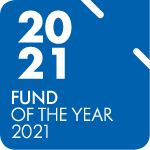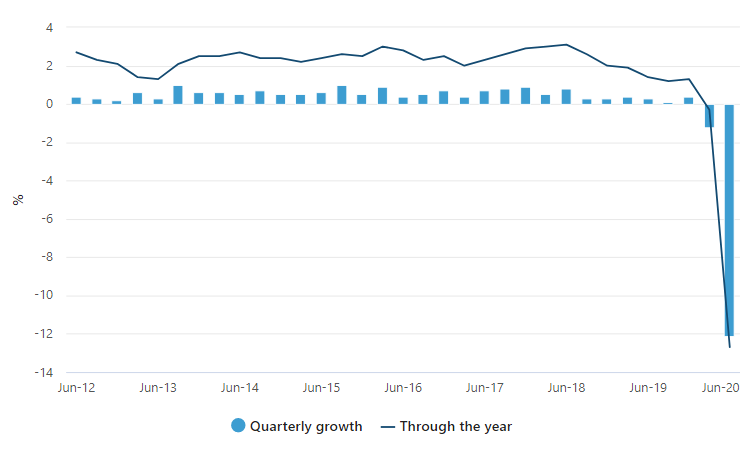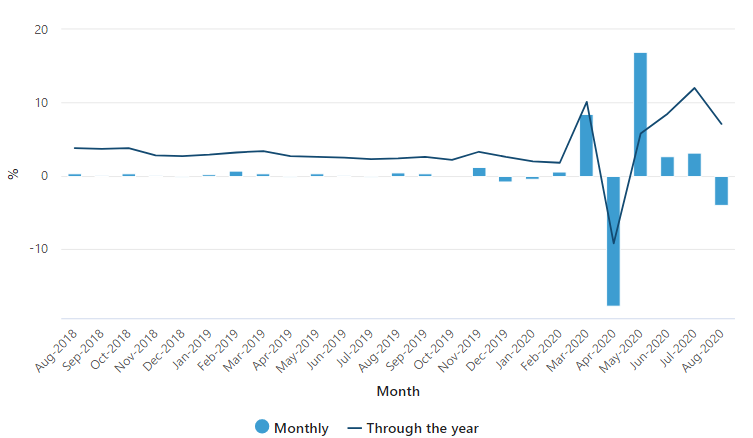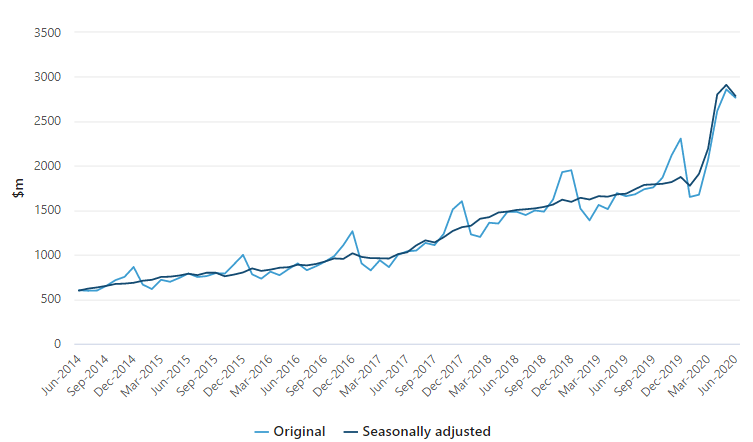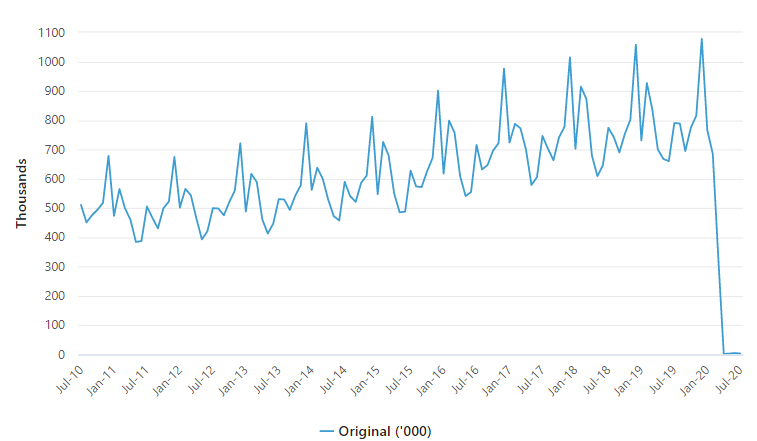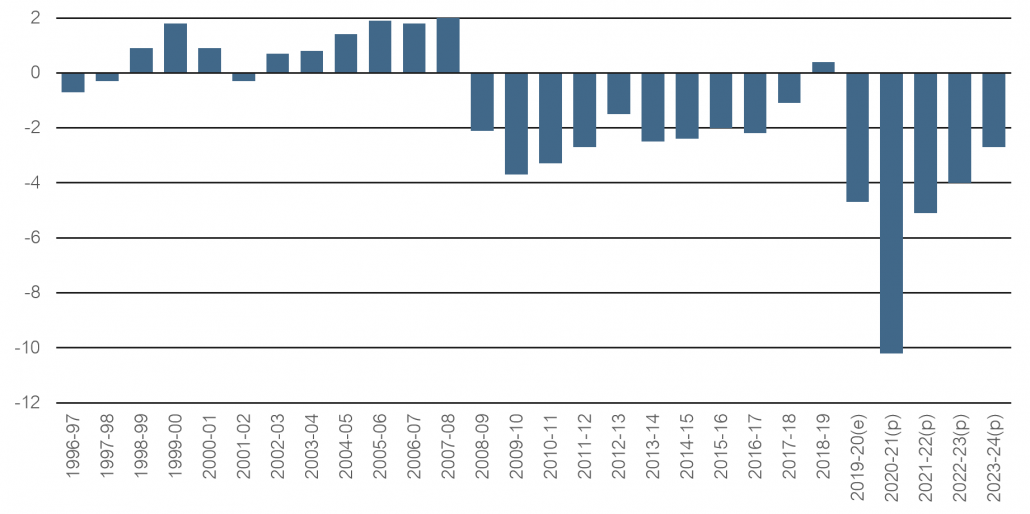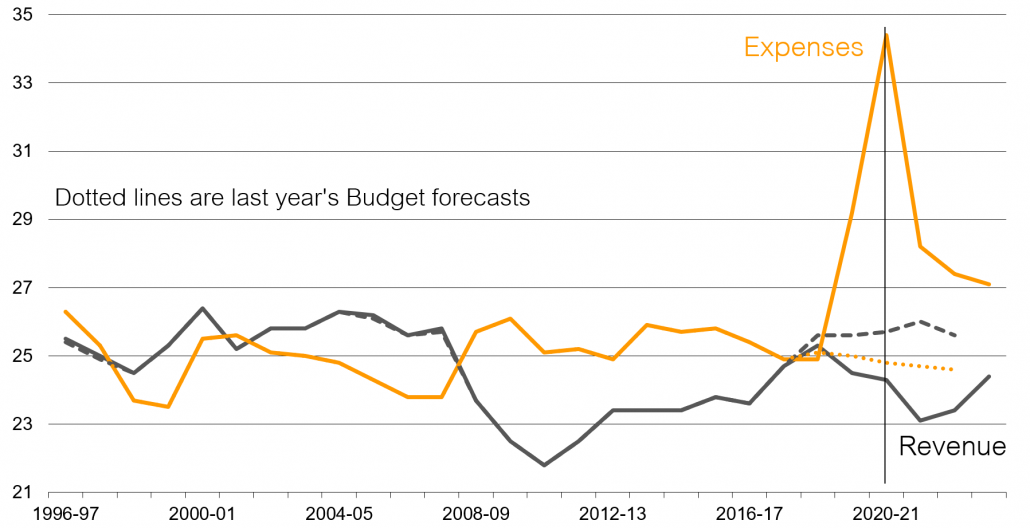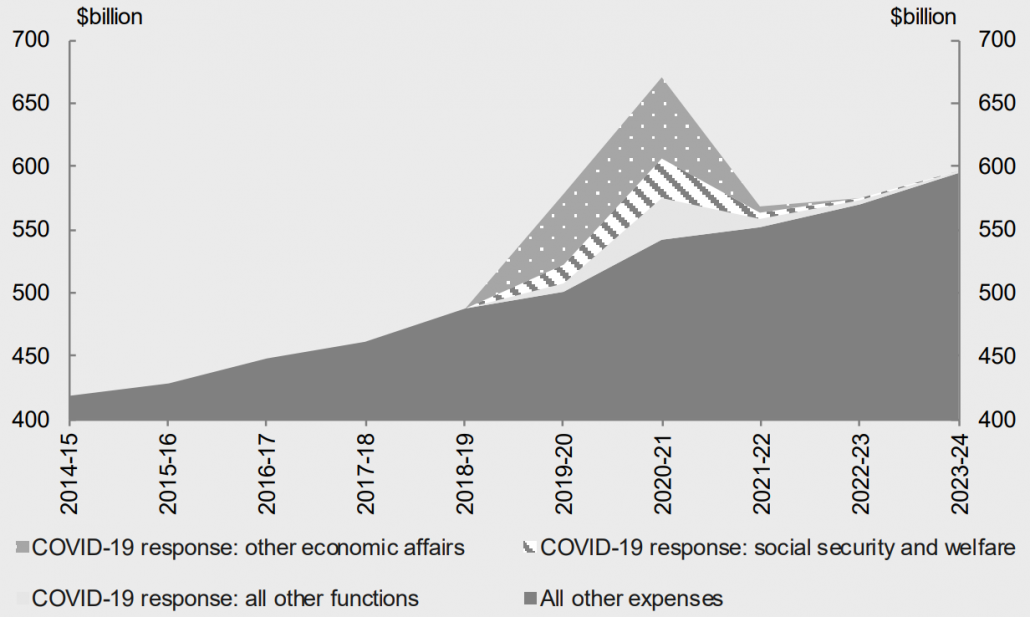During the September 2020 quarter global infrastructure securities (+0.8% in AUD hedged terms) saw early gains almost negated and again underperformed the broader global equities index (+6.3% AUD hedged) for the fourth successive quarter. Unhedged infrastructure returns (-2.0%) were again held back by a stronger Australian dollar. For the calendar year to date, the returns from global infrastructure securities (-12.3% AUD hedged and -13.2% unhedged) underperformed global equities (-1.3% AUD hedged).
The near-term cash flow outlook for most user-pays infrastructure is negative relative to 2019, but the outlook varies greatly by sub-sector. Transport infrastructure has calendar 2020 earnings per share changes of -70% to -90% for airports and -40% to -60% for toll roads due to travel restrictions. While road traffic has bounced back in North America and Europe, air travel internationally is more problematic as cross-border restrictions have been re-imposed to various degrees as COVID-19 has resurged in Europe. In Australia, the expected recovery to 2019 levels continues to be pushed out for domestic (2023) and international (2026) travel.
The share prices of Oil & Gas Pipeline stocks have been hard hit from a combination of concerns over the direct and indirect impact of lower crude prices, counter-party risks, and the deferral of capital expenditure. However, there is little exposure for pipeline operators to direct oil and gas price changes. Similarly, most pipeline companies are not significantly exposed to poor credit quality companies. Most pipeline volumes are supported by take or pay contracted terms. As a result, calendar 2020 earnings are only expected to decline -10 to -20%.
While COVID-19 has resulted in a decline in activity in the physical world, there has been a resulting increase in activity online. This has benefited the Communications Sector with 2020 earnings of cell tower stocks expected to increase between 10% and 15%. Earnings for Water and Electric Utilities have remained resilient, reflecting their essential nature, with 2020 earnings expected to remain flat or increase marginally.
Emerging Markets have been hit particularly hard by COVID-19, with the S&P Emerging Markets Index (Unhedged) returning -34% over the nine months to 30 September 2020. Many of these countries do not have the government resources to mitigate the negative economic effects of COVID-19 for sustained periods. However, the two Australian-based Emerging Markets Managers in the sector, RARE and 4D, both see significant long-term opportunities with earnings multiples at historically low levels. They also note that unlike prior crises, the balance sheets of most emerging market companies have held up relatively well.
Fire season began early in California this year. While there has been some legal complexity in past seasons, generally Californian utilities (PG&E, Sempra and Edison) are liable if their equipment has contributed to starting a fire. To date, this season’s fires are believed to have been caused by lightning strikes and the share prices of these utilities have not been greatly impacted. Furthermore, there are very few Managers with any remaining exposure to PG&E, which has most of its assets in Northern California. Sempra and Edison have their assets in the southern part of California, where there have been fewer fires.
Issued by Lonsec Research Pty Ltd ABN 11 151 658 561 AFSL 421 445 (Lonsec). Warning: Past performance is not a reliable indicator of future performance. Any advice is General Advice without considering the objectives, financial situation and needs of any person. Before making a decision read the PDS and consider your financial circumstances or seek personal advice. Disclaimer: Lonsec gives no warranty of accuracy or completeness of information in this document, which is compiled from information from public and third-party sources. Opinions are reasonably held by Lonsec at compilation. Lonsec assumes no obligation to update this document after publication. Except for liability which can’t be excluded, Lonsec, its directors, officers, employees and agents disclaim all liability for any error, inaccuracy, misstatement or omission, or any loss suffered through relying on the document or any information. ©2020 Lonsec. All rights reserved. This report may also contain third party material that is subject to copyright. To the extent that copyright subsists in a third party it remains with the original owner and permission may be required to reuse the material. Any unauthorised reproduction of this information is prohibited.



